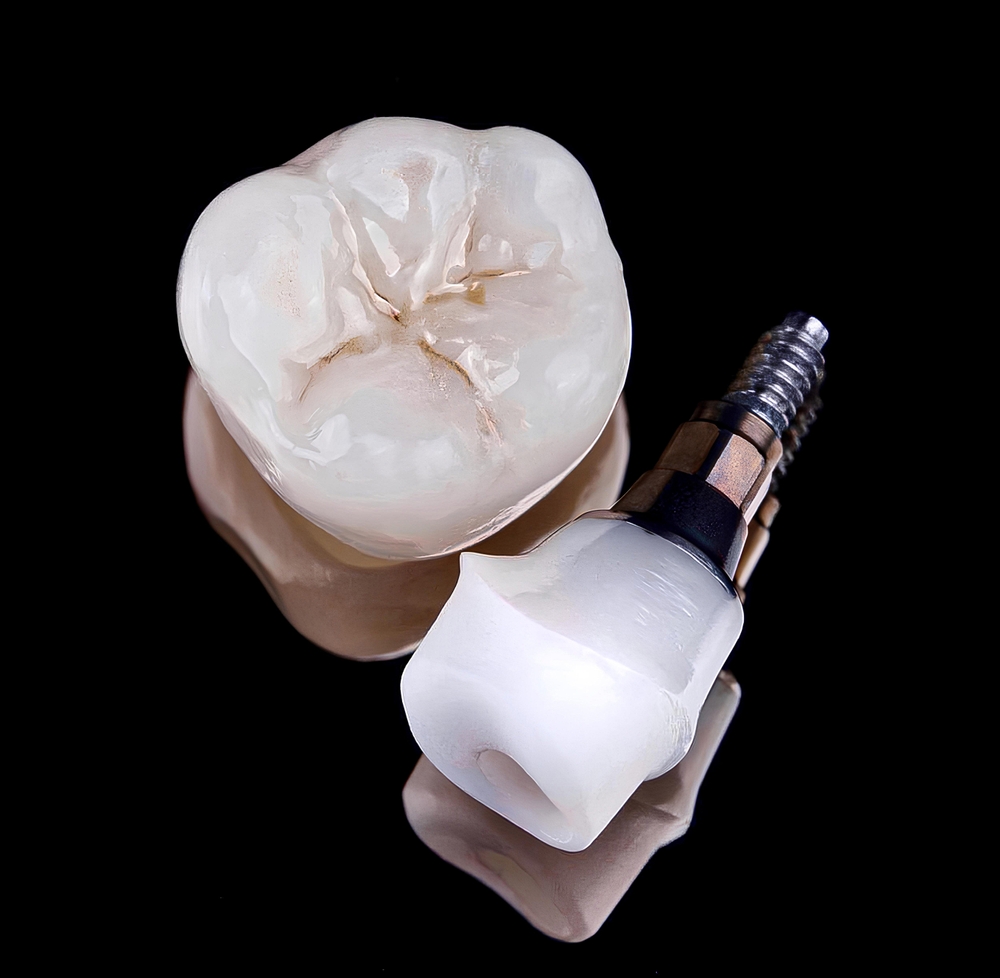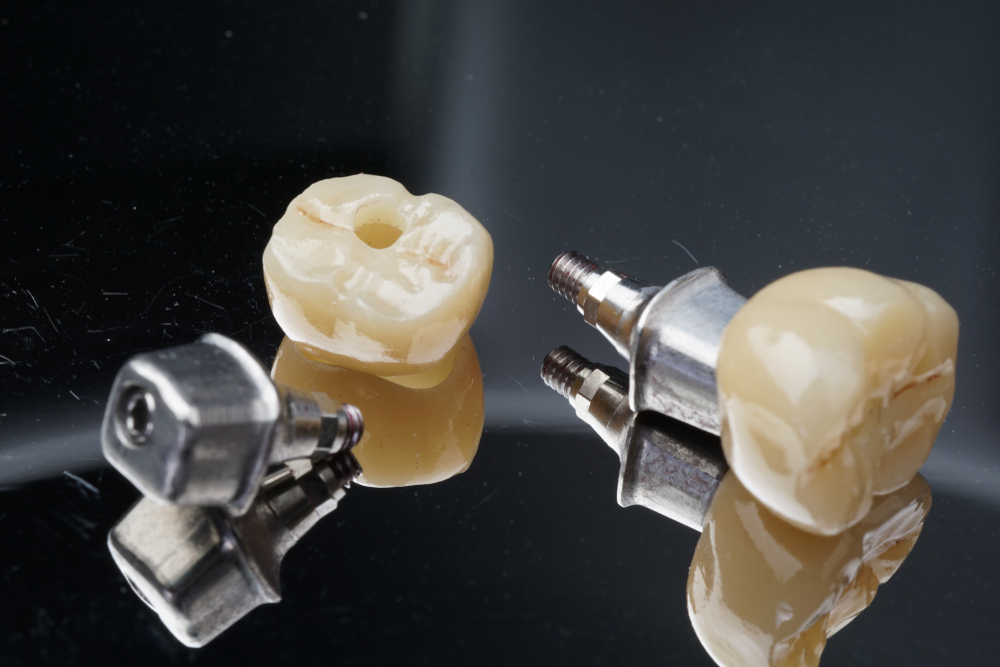Dental implants have revolutionized the field of dentistry, offering patients a durable and aesthetically pleasing solution for replacing missing teeth. As technology and techniques have evolved, so have the types of dental implants and their specific applications. In this blog, we’ll delve into the various types of dental implants available and their indications, helping patients and dental professionals alike understand the options and make informed decisions about tooth replacement strategies.
1. Endosteal Implants

Endosteal implants are the most widely used type of dental implant, primarily serving as a substitute for natural tooth roots in patients with missing teeth. They are surgically implanted directly into the jawbone and made of biocompatible materials, typically titanium, which allows them to integrate with the bone over time through a process known as osseointegration. This integration provides a stable and durable foundation for attaching prosthetic teeth, such as crowns, bridges, or dentures.
Structure of Endosteal Implants
Endosteal implants are typically shaped like small screws, cylinders, or plates. The screw-type, resembling a screw or a small post, is the most common form. After these implants are placed in the jawbone, the bone heals around them, securing them in place. Once healed, a secondary surgery might be needed to attach a post (abutment) to the original implant, followed by the attachment of an artificial tooth (or teeth) to the abutment.
Indications for Endosteal Implants
Endosteal implants are indicated for patients with a variety of tooth replacement needs, including:
- Single Tooth Replacement: When one tooth is missing, an endosteal implant can replace the root of the missing tooth, and a crown can be attached to mimic the appearance and function of a natural tooth.
- Multiple Teeth Replacement: For multiple missing teeth, endosteal implants can support dental bridges, eliminating the need to file down adjacent teeth for traditional bridge support.
- Full Arch Replacement: In cases where all teeth are missing on the upper or lower jaw, multiple endosteal implants can be used to support dentures or a full arch of prosthetic teeth, providing more stability and comfort than traditional dentures.
2. Subperiosteal Implants

Subperiosteal implants represent an alternative dental implant technique, particularly suited for patients who may not be candidates for traditional endosteal implants due to insufficient jawbone density or volume. Unlike endosteal implants, which are inserted directly into the jawbone, subperiosteal implants rest on top of the jawbone but under the gum tissue.
Structure of Subperiosteal Implants
Subperiosteal implants consist of a metal framework that sits on top of the jawbone beneath the gum tissue. The framework has one or more posts attached to it that protrude through the gum, providing an anchor for mounting prosthetic teeth. This framework is custom-made to fit the patient’s jaw precisely, ensuring maximum contact with the available bone and gum tissue to support the prosthetic teeth adequately.
Indications for Subperiosteal Implants
Subperiosteal implants are indicated for patients with specific dental needs and conditions, including:
- Insufficient Jawbone: Patients who lack enough jawbone height or density for endosteal implants and are unable or unwilling to undergo bone augmentation procedures may benefit from subperiosteal implants.
- Difficulty Wearing Dentures: Individuals who have trouble wearing conventional dentures due to jawbone irregularities or discomfort may find subperiosteal implants a more comfortable and stable alternative.
- Non-Candidates for Bone Grafting: Patients who cannot undergo bone grafting due to medical conditions or personal choice might consider subperiosteal implants as an alternative solution for replacing missing teeth.
3. Zygomatic Implants

Zygomatic implants offer a unique and advanced solution for patients with severe bone loss in the upper jaw, representing a significant deviation from traditional dental implant techniques. Unlike conventional implants that are anchored into the jawbone, zygomatic implants are much longer and are anchored into the zygoma, or cheekbone, thus bypassing the need for bone grafting in patients with insufficient jawbone density or volume.
Structure of Zygomatic Implants
Zygomatic implants are made of biocompatible materials, similar to other types of dental implants, but are significantly longer. This length allows them to extend from the mouth’s roof (where the upper teeth are located) into the solid bone of the zygoma. Because the cheekbone offers a dense structure for implant support, zygomatic implants provide a secure foundation for attaching prosthetic teeth, even in the absence of adequate upper jawbone.
Indications for Zygomatic Implants
Zygomatic implants are particularly indicated for:
- Severe Upper Jawbone Loss: Patients with significant bone loss in the upper jaw that precludes the use of traditional dental implants without extensive bone grafting.
- Patients Unsuitable for Bone Grafting: Individuals who cannot undergo bone grafting due to medical reasons or those who prefer to avoid the lengthy process associated with bone grafting and its recovery.
- Previously Failed Dental Implants: Patients who have had unsuccessful attempts with conventional dental implants in the upper jaw may be candidates for zygomatic implants.
4. Mini Dental Implants (MDIs)

Mini dental implants (MDIs) are a smaller and less invasive alternative to traditional dental implants, designed to provide stability to dentures or to replace individual teeth in certain cases. They are particularly beneficial for patients who may not be candidates for standard implant procedures due to insufficient bone density, medical conditions, or the desire for a less invasive and more cost-effective solution.
Structure of Mini Dental Implants
MDIs are significantly thinner than traditional implants, with a diameter generally less than 3mm, compared to the 4mm to 5mm diameter of standard implants. Their smaller size allows them to be inserted directly through the gum tissue into the jawbone, often without the need for extensive surgery. The top of a mini implant typically features a ball-shaped protrusion that helps to secure dentures in place, providing a stable and snug fit.
Indications for Mini Dental Implants
Mini dental implants are indicated for several specific dental needs, including:
- Stabilization of Lower Dentures: One of the most common uses for MDIs is the stabilization of lower dentures. Many patients struggle with loose-fitting lower dentures due to bone loss over time. MDIs can provide a more secure fit, improving comfort, function, and confidence.
- Limited Bone Density: Patients with insufficient bone density who cannot undergo or wish to avoid bone grafting might opt for MDIs as they require less bone for placement.
- Small Spaces: MDIs can be an ideal solution for replacing small teeth or in areas where there is not enough space for a standard implant without compromising adjacent teeth.
- Temporary Tooth Replacement: In some cases, MDIs are used as a temporary solution while waiting for the placement of a traditional implant or for the healing of a bone graft.
- Immediate Loading Requirements: Due to their minimally invasive nature, MDIs can often be loaded with a crown or denture immediately or shortly after placement, reducing treatment time.
5. All-on-4®

All-on-4 dental implants are a revolutionary approach designed to provide a full-arch restoration using only four implants as the foundation for a full set of permanent replacement teeth. This technique is particularly advantageous for patients with significant tooth loss or decay and those with bone loss who may not be suitable candidates for traditional individual dental implants. The All-on-4 method allows for immediate function and is a less invasive solution, offering a fixed and stable prosthetic solution.
Structure of All-on-4 Dental Implants
The All-on-4 technique involves the strategic placement of four dental implants in the upper or lower jaw. Two implants are placed at the front of the mouth, where the bone is typically thicker, and two are placed at the back of the mouth, angled to maximize the use of available bone. This configuration provides a secure foundation for attaching a full arch of prosthetic teeth.
Indications for All-on-4 Dental Implants
All-on-4 dental implants are indicated for several scenarios, including:
- Significant Tooth Loss or Decay: Patients who have lost most or all of their teeth in one or both jaws can benefit from the comprehensive restoration that All-on-4 provides.
- Bone Loss: Individuals with bone loss in the jaw that disqualifies them from receiving traditional implants without undergoing extensive bone grafting might be suitable candidates for All-on-4, due to the technique’s ability to utilize available bone.
- Immediate Replacement Needs: Patients looking for a quicker solution to replace missing teeth might opt for All-on-4 implants because they can provide immediate function and aesthetics after surgery.
- Dissatisfaction with Dentures: Those who have issues with removable dentures, such as poor fit, discomfort, or inconvenience, may find All-on-4 implants a more stable and comfortable alternative.
Conclusion
Dental implants offer a reliable and long-term solution for replacing missing teeth, improving oral health, and enhancing quality of life. With the advancements in dental technology, there are now more options than ever to accommodate a wide range of dental needs and preferences.




